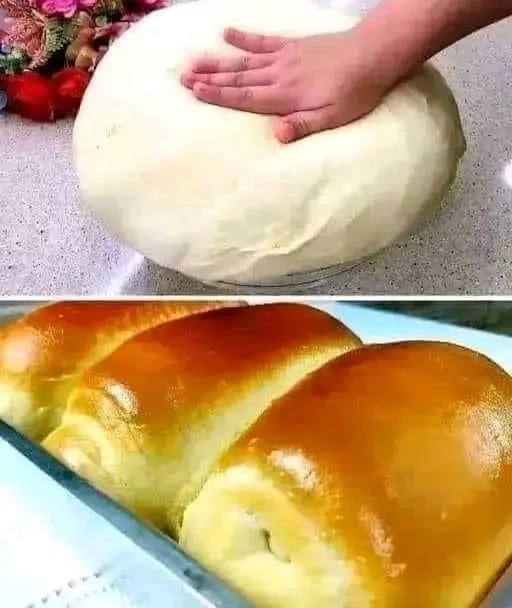Making homemade bread is a rewarding and satisfying process that fills your kitchen with the comforting aroma of baking. Although it might seem intimidating at first, the process is straightforward and offers a range of delicious possibilities. Here’s a comprehensive guide to get you started on your bread-baking journey.
Ingredients and Equipment
The basics for homemade bread include flour, water, yeast, and salt. Most recipes will also call for a bit of sugar and fat, such as butter or oil, to enhance flavor and texture. For equipment, you’ll need a large mixing bowl, a measuring cup and spoons, a dough scraper, and a baking pan or baking sheet. A kitchen scale can be handy for precise measurements.
Basic Bread Recipe
Ingredients
- 500 grams (about 4 cups) all-purpose or bread flour
- 300 ml (about 1 ¼ cups) warm water
- 2 teaspoons active dry yeast
- 1 ½ teaspoons salt
- 2 tablespoons sugar (optional)
- 2 tablespoons olive oil or melted butter (optional)
Instructions
- Prepare the Yeast: In a small bowl, dissolve the yeast and sugar in warm water. Let it sit for about 5-10 minutes until frothy. If it doesn’t foam, the yeast might be old or the water too hot or cold, so try again with fresh yeast and water at the right temperature.
- Mix Dry Ingredients: In a large bowl, combine the flour and salt. If you’re using a stand mixer, you can add the flour directly to the mixing bowl.
- Combine Ingredients: Make a well in the center of the flour mixture and pour in the yeast mixture. Add the olive oil or melted butter if using. Stir until the dough begins to come together.
- Knead the Dough: Transfer the dough to a floured surface and knead for about 8-10 minutes until smooth and elastic. Alternatively, you can knead the dough using a stand mixer fitted with a dough hook for about 5-7 minutes.
- First Rise: Place the dough in a lightly oiled bowl, cover it with a damp cloth or plastic wrap, and let it rise in a warm place for about 1-2 hours, or until it has doubled in size.
- Shape the Dough: After the dough has risen, punch it down to release the air bubbles. Shape the dough into a loaf or divide it into smaller portions for rolls. Place the shaped dough into a greased baking pan or on a baking sheet.
- Second Rise: Cover the dough loosely and let it rise for another 30-60 minutes, or until it has puffed up again.
- Bake: Preheat your oven to 220°C (425°F). Bake the bread for 25-30 minutes, or until the crust is golden brown and the loaf sounds hollow when tapped on the bottom. If using a baking sheet, you might need to adjust the baking time slightly.
- Cool: Let the bread cool on a wire rack before slicing. This helps the interior to set properly and prevents sogginess.
Tips for Perfect Bread
- Flour Types: Bread flour has higher gluten content and can result in a chewier texture. All-purpose flour works well for a softer bread.
- Temperature: Water should be warm, not hot, to activate the yeast. Aim for around 37°C (98°F).
- Kneading: Proper kneading develops gluten, giving the bread its structure. The dough should be smooth and elastic.
- Proofing: The first and second rises are crucial. Don’t rush them. Proper proofing ensures a lighter, fluffier bread.
